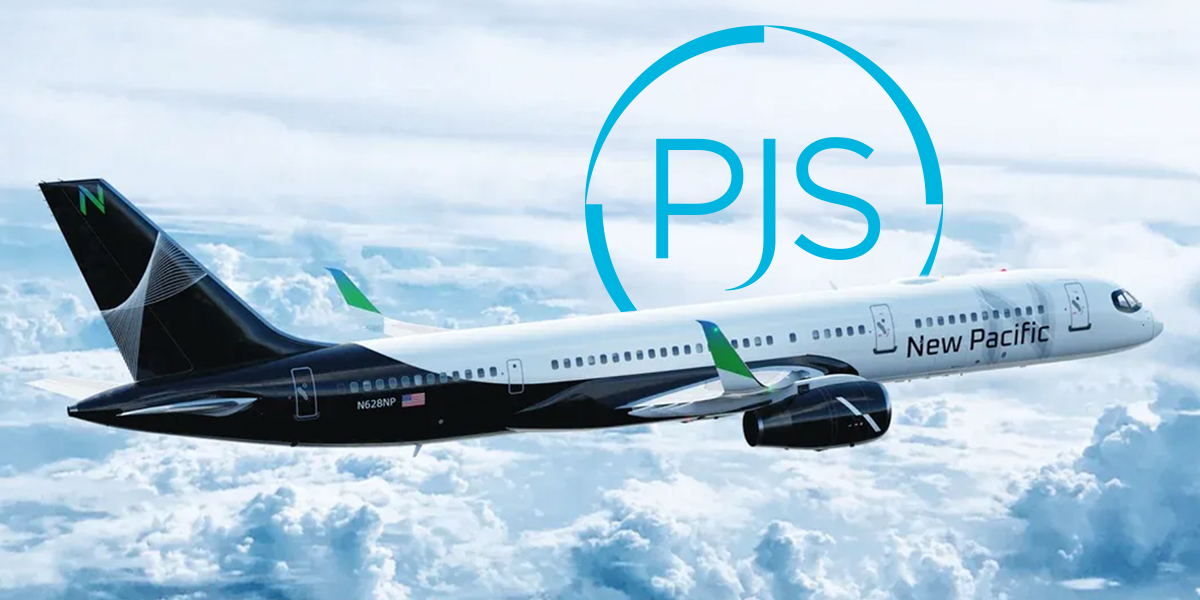Private Jet Services recently met with Doug Gollan, writer for Forbes, founder, and editor-in-chief of Private Jet Card Comparisons, to discuss what to look for in a jet card program.
Table of Contents
You have become a trusted resource and analyst in the world of jet card programs. How did your interest in private aviation evolve into establishing Private Jet Card Comparisons?
I am a contributor for Forbes’ website and I was researching a story on jet cards when I started to realize how many companies were selling jet card memberships and also that there were a lot of variables that weren’t readily apparent from just looking at company websites.
You recently published an article about one of the benefits of the PJS Jet Card. Can you tell us more about that?
The article covers a common debate concerning paying actual flight time versus estimated flight time. Some jet card fliers prefer paying a rate based on estimated flight time so they are not watching the clock and watching money flying out of their wallet by paying actual time, especially if they have ATC delays or have to route around the weather. Others believe that estimated flight time is padded, so they think they are overpaying for estimated and prefer to pay actual flight time. PJS has an innovative policy. PJS Jet Card flyers have the flexibility of choosing estimated or actual when they initially sign up and then again when they renew.

Overall, what do you see as the biggest benefits of jet cards and PJS’s jet card?
The core benefit of a jet card is having fixed, one-way rates so you don’t end up paying positioning charges and additional fees. Plus, jet cards guarantee aircraft availability. In addition to the actual or estimated pricing option, PJS membership has a 10-hour lead time for reservations on non-peak days. Flyers can call to schedule their trip 10 hours ahead of time and they know exactly what they will pay for the trip. I also like that PJS doesn’t have membership fees, FET is included in pricing, there are no fuel surcharges, so it’s relatively easy to figure out what you are going to pay.
What is the biggest mistake that jet card buyers can make?
If people don’t take the time to do the research and compare jet card options, they may buy into a good program but find it is not the right fit for them, so they are disappointed. Or, they may go with the recommendation of a friend, but the friend may have different flying preferences and habits. It boils down to this; Jet cards are not necessarily one-size-fits-all. If you don’t do the research, you may find yourself in a program that is not a good fit. There may be hidden costs, restricted dates, different lead times, and other challenges. A jet card should offer solutions, not headaches. So, it really does pay to do the research.
Can you share a couple of examples of making the wrong choice in jet card programs?
There are lots! A flyer might love Company X and uses Company X to fly to their home in Palm Beach. They tell a friend and that friend buys a jet card with Company X, but the friend’s second home is in the Cayman Islands – and Company X doesn’t have fixed, one-way rates and guaranteed availability outside the Continental U.S. When it comes time for the friend to call for a flight with Company X, they get a high quote because they have to pay for ferry flights after the drop-off and to get to the pickup. This costs the friend more time and more money, and it also creates great inconvenience. The right jet card provides convenience and peace of mind.

Other things to look for; not all jet card providers guarantee they will fly pets, booking lead times can vary greatly, peak days and surcharges can also vary greatly – with some programs charging up to 40%.
Also, some programs charge a fee to upgrade or downgrade, while others only offer certain aircraft types. Someone who usually flies with four or five people will use light to midsize jets. But they may sometimes want to fly with nine or 10 people and not all jet cards offer large-cabin aircraft. This could be problematic.
Private Jet Card Comparisons is known for providing some great insight into the private aviation industry and, specifically, jet card programs. Tell us more about it.
Private Jet Card Comparisons provides over 18,000 data points from over 55 companies, more than 300 programs and 65 points of variation all organized in easy-to-use spreadsheets. We save buyers tens of hours and weeks of research by putting all the information at their fingertips.
What type of feedback do you get from your audience regarding jet card programs?
95% of subscribers said that Private Jet Card Comparisons were helpful in their search. 77% said it was extremely or very helpful. In the past 18 months, 45% of subscribers bought a jet card after subscribing and 40% of subscribers said they are still looking. They’re also very engaged. Subscribers give me great ideas. They have really helped me evolve the site.
Tell us about the subscription to Private Jet Card Comparisons.
The subscription fee is $250 for access to all of our data and analysis. We protect subscriber privacy. We never sell subscriber data and we do not take referral fees from jet companies, ever. 100% of Private Jet Card Comparisons’ revenue comes from subscription fees. To learn more, visit Private Jet Card Comparisons dot com.




